Affiliate links on Android Authority may earn us a commission. Learn more.
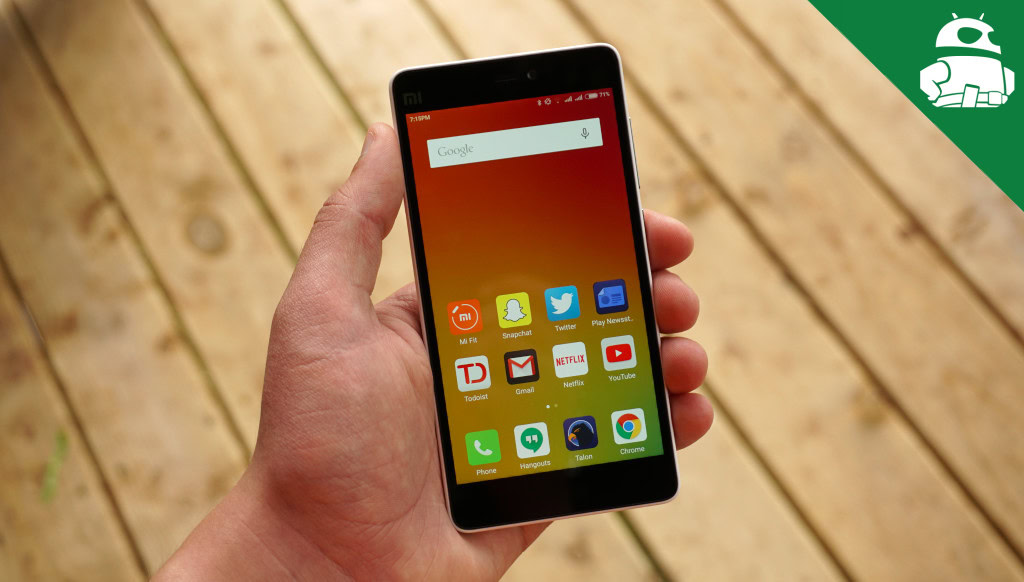
Xiaomi Mi 4i review: not a flagship, but definitely a great buy
Published onJune 29, 2015
Xiaomi Mi 4i
What we like
What we don't like
Our scores
Xiaomi Mi 4i
Xiaomi’s latest addition to their ever-expanding smartphone portfolio is a revised, mid-range edition of the company’s flagship Mi 4. With India being the target market for what Xiaomi is calling an “affordable flagship,” will the Mi 4i be able to hold ts own against the slew of similar products that fall in the price segment? We find out, in this Xiaomi Mi 4i review!
Design
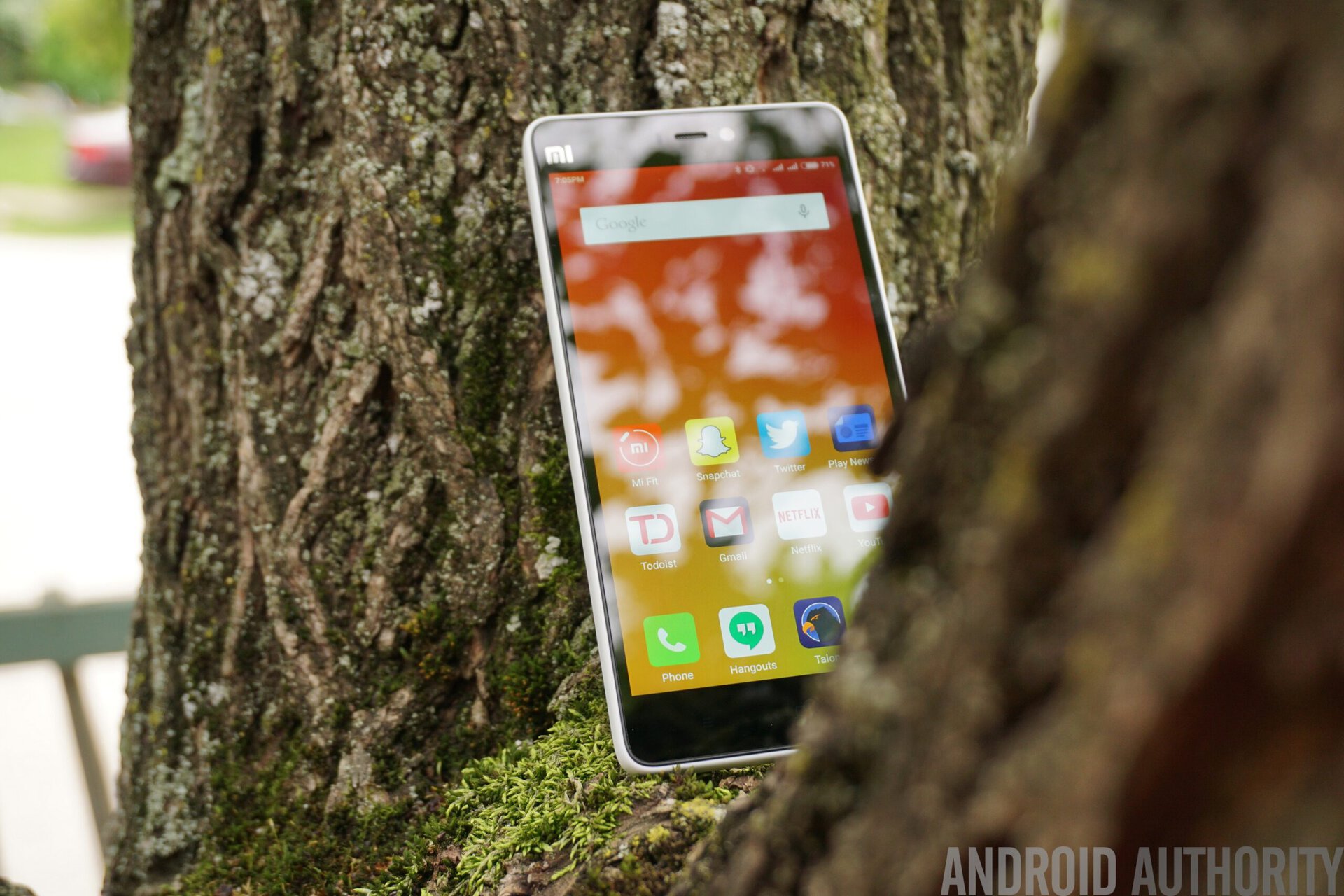
While the Mi 4i may share the name of its flagship counterpart, the differences between the two are obvious right off the bat, starting with the design. Gone are the aluminium frame and glossy plastic back cover of the Mi 4, with Xiaomi favoring a matte polycarbonate design instead for the Mi 4i. The overall design language is quite similar to previous Xiaomi smartphones though, and the Mi 4i manages to look and feel great.
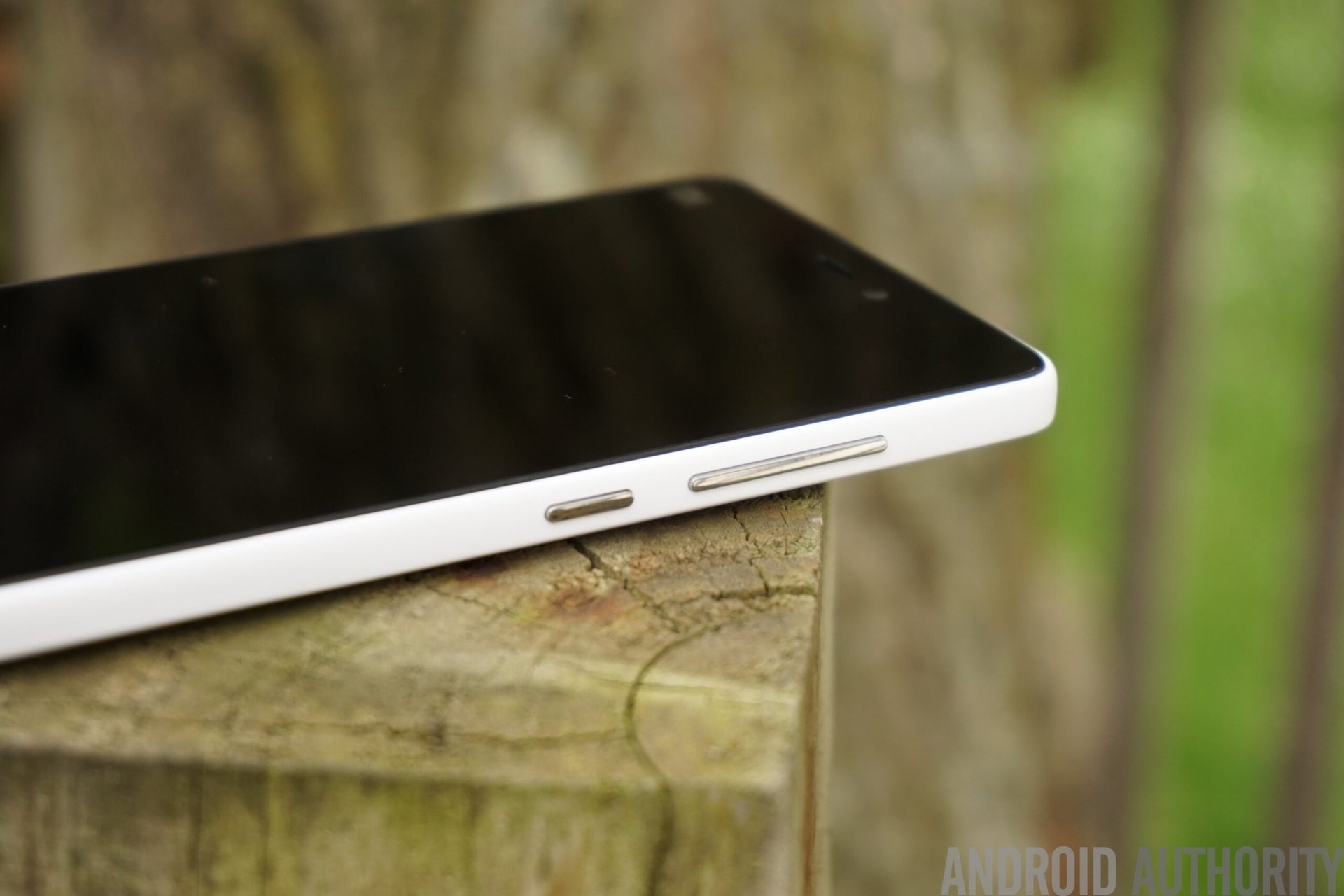
Going around the device, the power button and volume rocker are found on the right side, both within easy reach, and offering a good tactile feedback. The dual SIM card slot is found on the left side, with the headphone jack and microUSB port at the top and bottom respectively. Up front, below the display are the three capacitive buttons, and above the display is the 5 MP front-facing camera and a notification LED to the right of it. As is the case with all Xiaomi devices, you can choose between seven different LED colors based on notification type, accessible from the Settings menu.
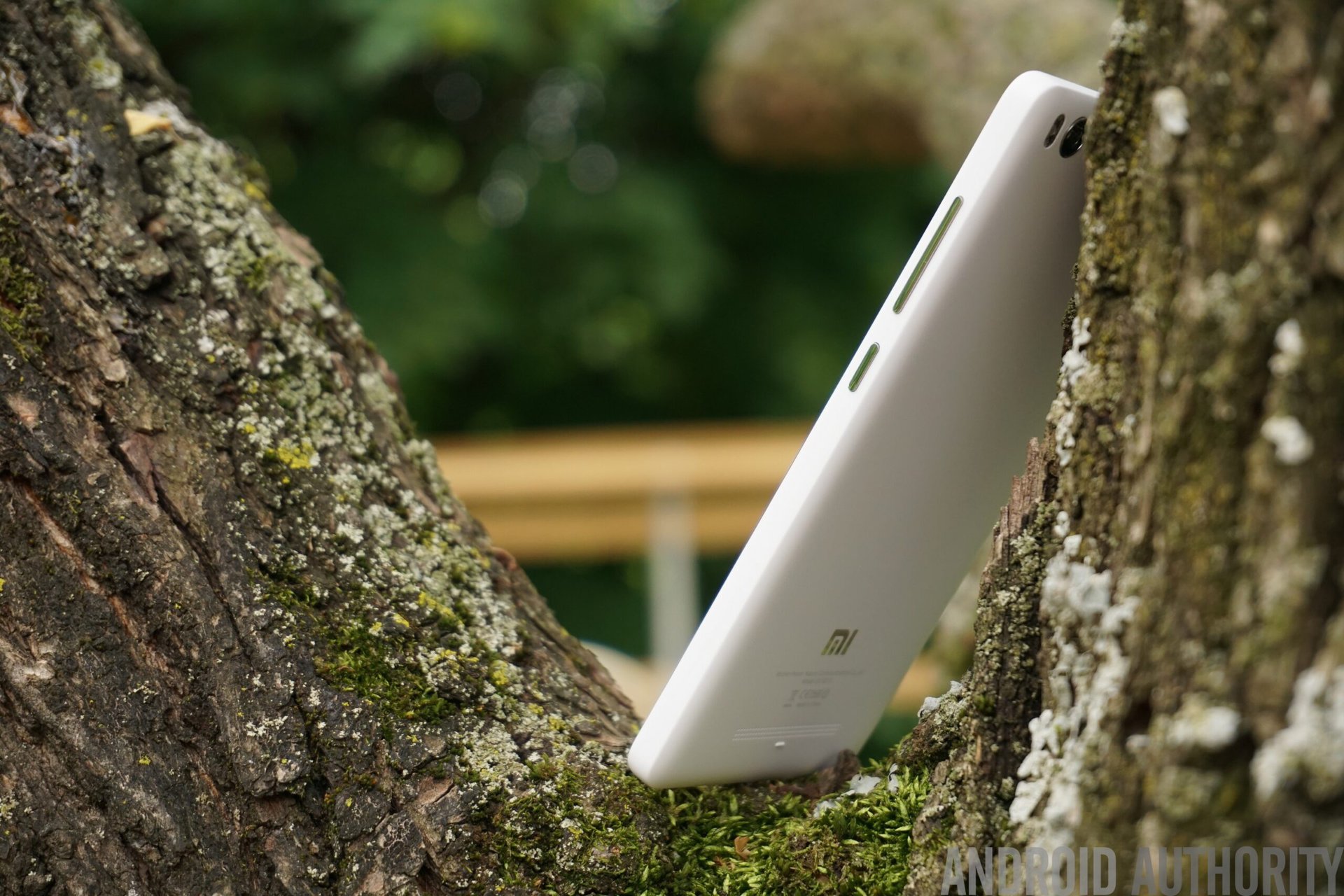
The Mi 4i is both thinner and lighter than its flagship namesake, with a thickness of just 7.8 mm, and weighing 130 grams. The finish of the side edges makes the phone very easy to grip, and its relatively compact size makes for a very comfortable handling experience, even when it comes to one-handed use.
Related: Best Xiaomi Mi 4 cases
Display
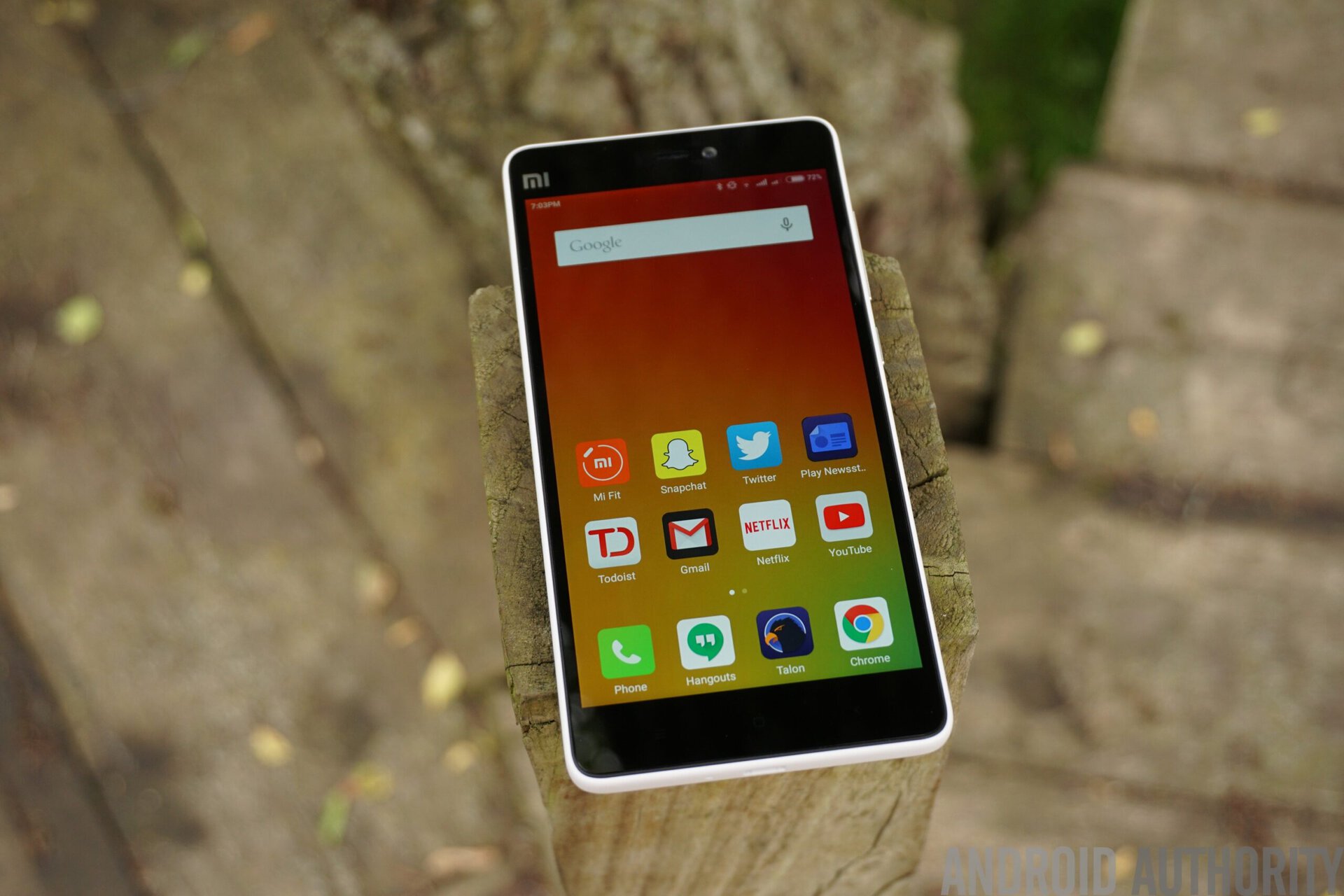
Even with significant differences in other key areas, the Xiaomi Mi 4i retains the display of its more powerful sibling, featuring a 5-inch IPS LCD display with a 1080p resolution, resulting in a pixel density of 441 ppi.
This display proves to be excellent, and certainly goes beyond what the price point of this device would suggest. Color reproduction is accurate, color temperatures are neutral, and viewing angles are fantastic. Outdoor visibility in bright sunlight is also very good, courtesy of Xiaomi’s technology that makes hardware level adjustments to improve visibility while in bright environments. Overall, the display of the Xiaomi Mi 4i looks really good, and will be pleasing to anyone, whether you use it for work or play.
Performance and hardware
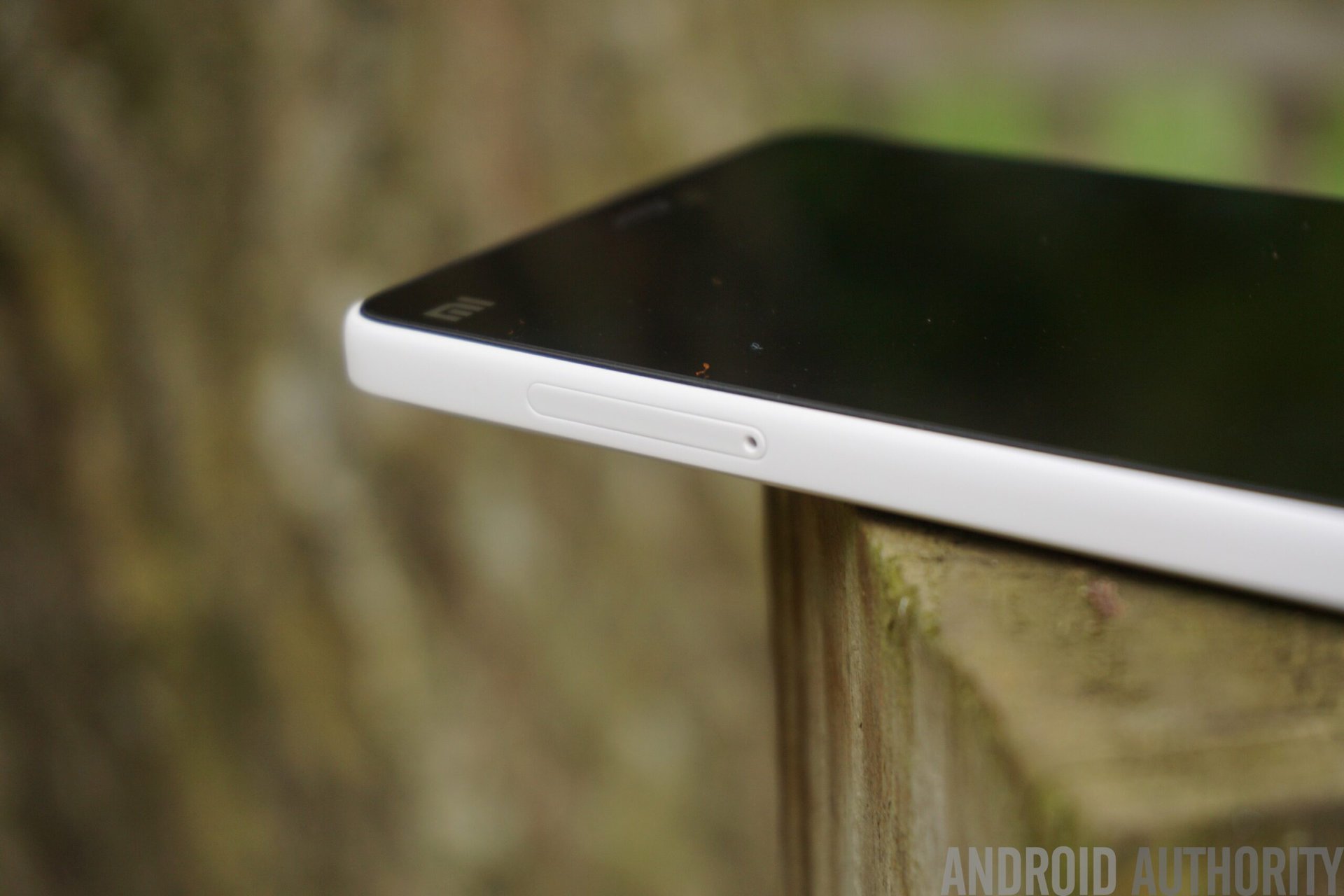
Under the hood, the Xiaomi Mi 4i packs a second generation 64-bit octa-core Qualcomm Snapdragon 615 processor, clocked at 1.7 GHz, and backed by the Adreno 405 GPU and 2 GB of RAM. While this processing package is decidedly mid-range, it has proven to be very capable, and that remains the case here.
Performance is as smooth as expected, but understandably not as fast as what you’d get with far more expensive flagships. The device handles gaming very well, and multi-tasking is also a breeze. The MIUI 6 OS is quite memory-intensive though, leaving users with just over 1 GB of memory on boot. Xiaomi said that they worked closely with Qualcomm to ensure that the device doesn’t overheat, and luckily, there were no issues with this review unit. It does get warm when performing processor-intensive tasks for a long time, but not uncomfortably so, or any more than what would happen with any other smartphone out there.
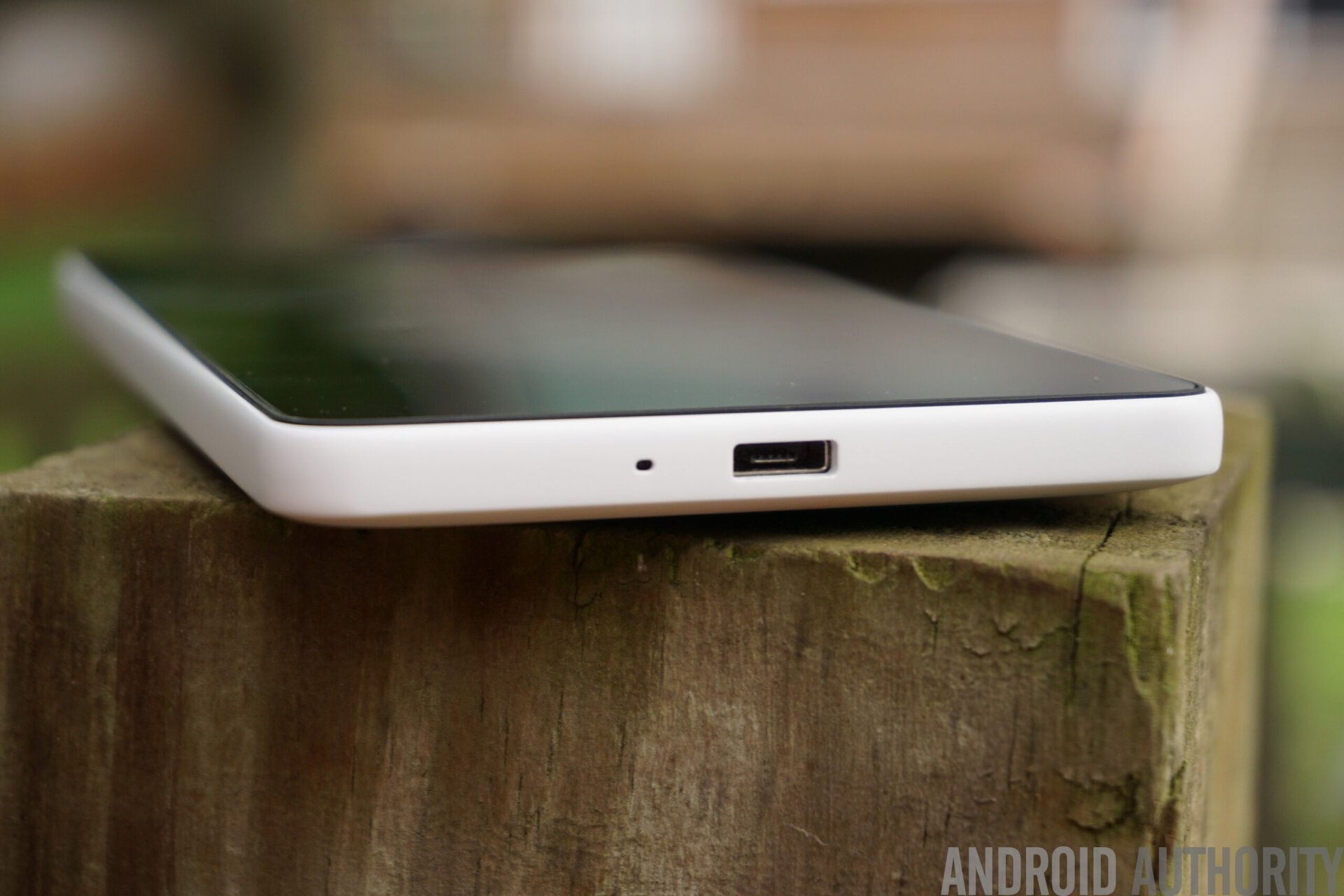
The Mi 4i comes with 16 GB of on-board storage, but there is no microSD card slot available for any expandable storage. The device also comes with a standard suite of connectivity options, with a Dual SIM slot (dual standby) with 4G LTE supported with both. That said, while the device is compatible with 4G LTE networks in India, and a few other markets around the world, in the US, it is limited to HSPA+ connectivity on the T-Mobile and AT&T network.
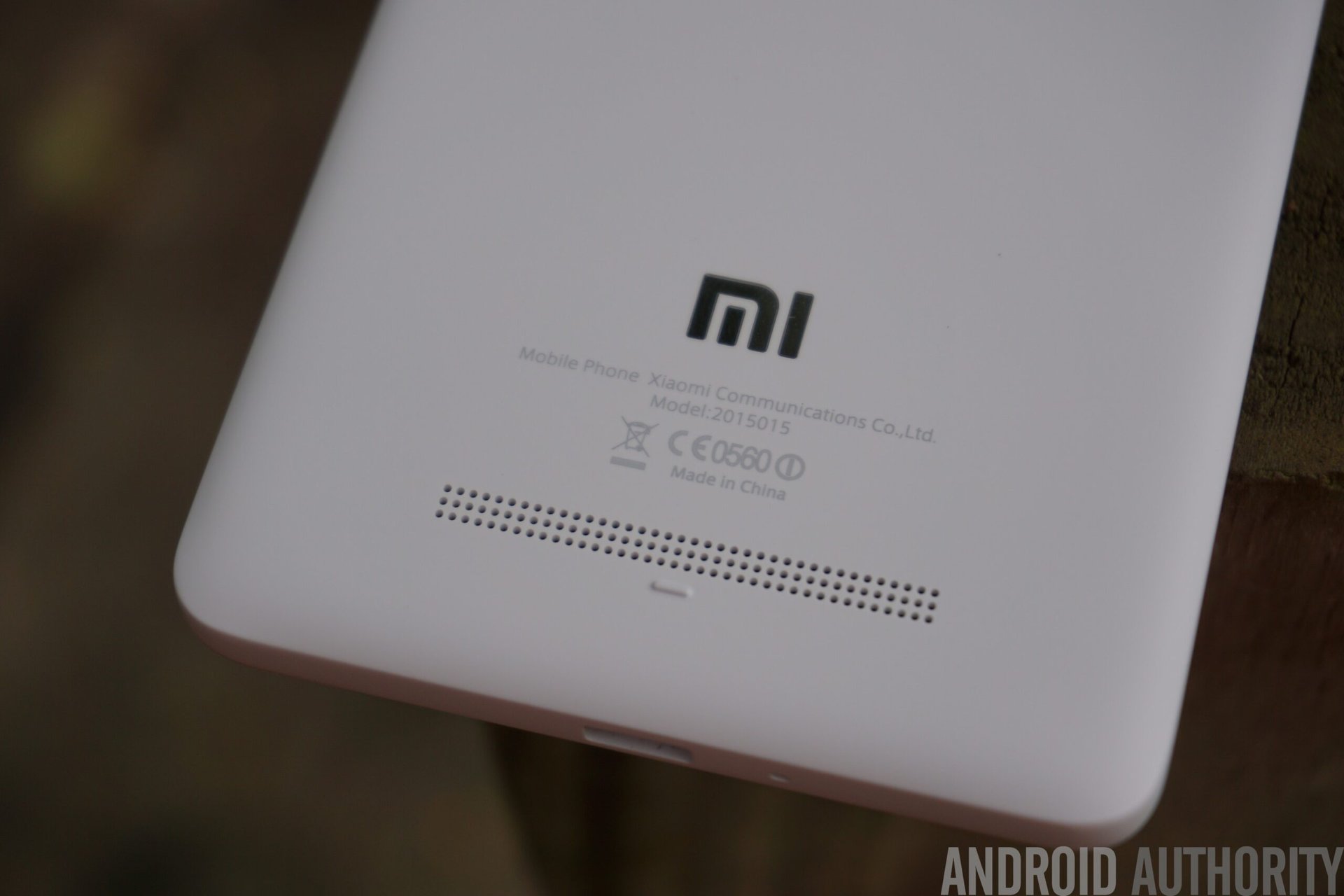
The call quality was really good, with the sound loud and clear at both ends of the call. The device comes with a single speaker unit at the back, and while the speaker isn’t as large as the grill may suggest, it still sounds pretty good. Unlike most budget-friendly smartphones, the audio output isn’t distorted at the highest volume, and thanks to the small bump on the back, the sound isn’t muffled as much when the phone is placed on a flat surface, something that is usually a big issue with rear speaker setups.
The device packs a non-removable 3,120 mAh battery, that allows for some impressive battery life. While being connected to the AT&T network, with Wi-Fi and Bluetooth on, and with the display brightness set to 90%, the device lasted from 7 AM to around 11:30 PM, with just over 4 hours of screen-on time. Most users shouldn’t have any difficulty comfortably getting a full day of use out of this device. If you do manage to drain the battery completely, the Mi 4i also comes with quick charging, that allows for the device to charge from 0 to 40% within an hour.
Camera
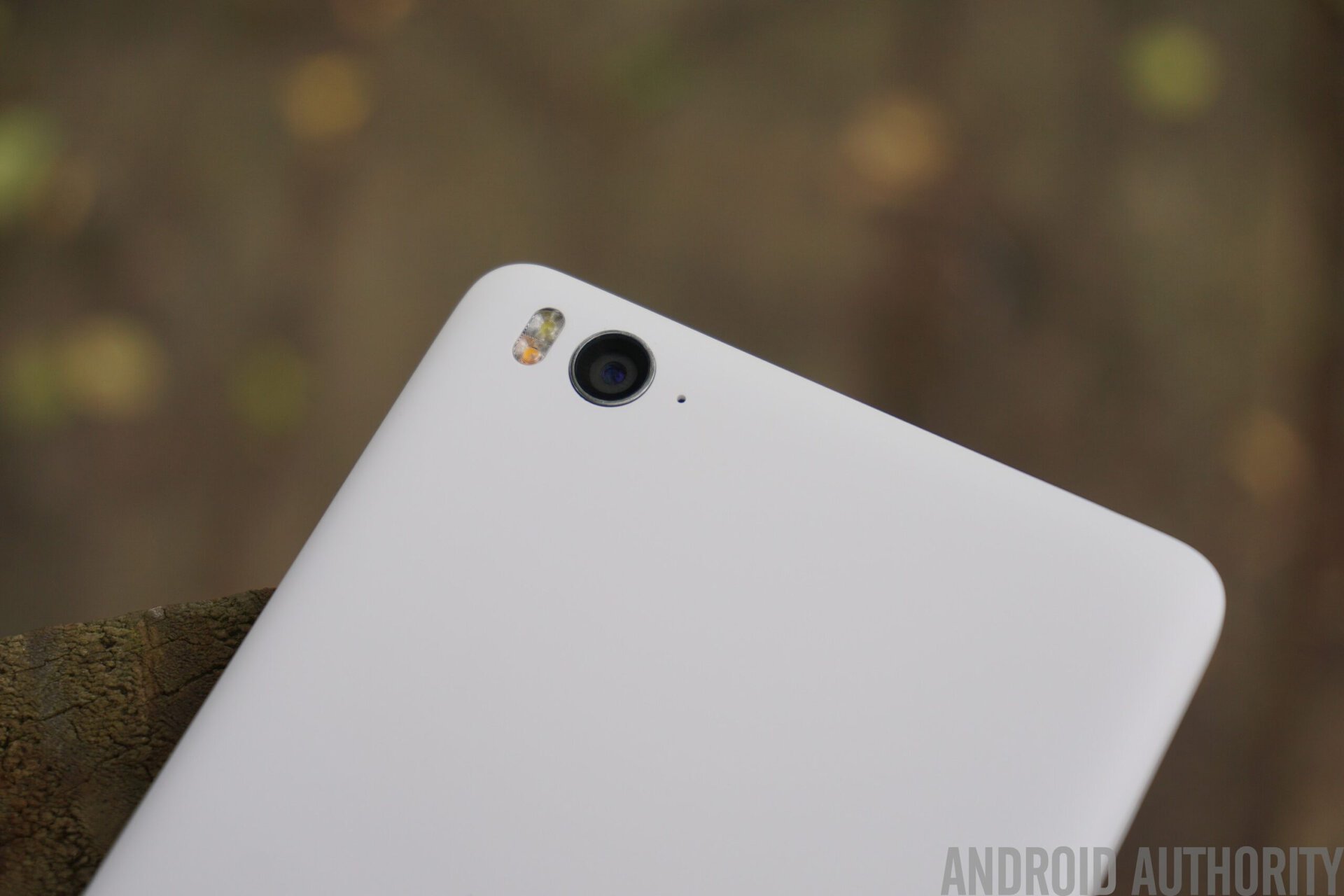
The Xiaomi Mi 4i comes with a 13 MP rear camera with a dual LED flash, and 5 MP front-facing unit, and the device takes some great photos, especially when considering its price point.
Images appear to be sharp and crisp, and even more so when using Xiaomi’s advanced HDR mode. When it comes to the software, the MIUI camera application hasn’t changed from any other Xiaomi devices, and continues to offer just the right amount of manual control, without getting too overwhelming. There also some very useful additions, like the ability to use the focus ring to adjust exposure, even while in the auto mode.
Software
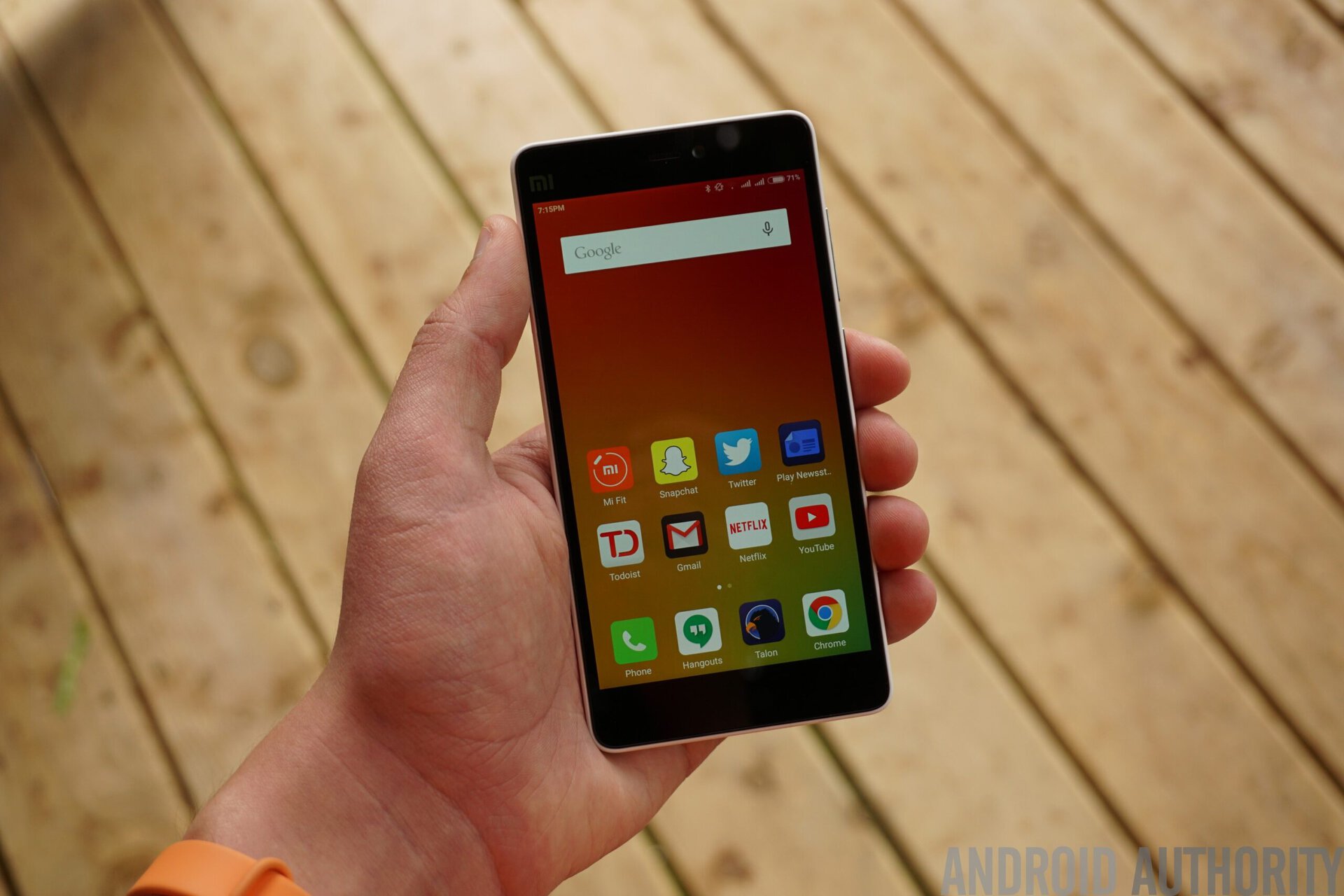
The Xiaomi Mi 4i ships with the latest MIUI 6, based on Android 5.0.2 Lollipop, even if you will be hard-pressed to find a lot of material design elements in the user interface. MIUI is certainly one of the heavier Android skins, but does add quite a lot to the overall software experience.
MIUI allows for a very high level of control and customization throughout, something that isn’t easily available with other Android skins. Features like lockscreen notifications, heads up notifications, Do Not Disturb, and card style multi-tasking were all a part of MIUI before the release of Lollipop. In addition to Xiaomi’s unique take on those, you also get access to a robust theme store, more powerful data usage management tools, battery saving profiles that can automatically be activated based on the time, app permissions, in-call recording, and so much more.
There are some aspects of the software experience that can take some getting used to though, including, but not limited to, the fact that an app drawer isn’t available, leaving users dependent on folders to keep things organized. The Settings menu can also be a little overwhelming, and is quite unorganized when compared to the stock Android version. Another unfortunate issue is that Xiaomi hasn’t been very good with Android version updates as of late, so an upcoming update to Android M, if any, could take a while.
Specifications
| Display | 5-inch IPS LCD, 1920 x 1080 resolution, 441 ppi |
|---|---|
Processor | 1.7 GHz octa-core Qualcomm Snapdragon 615 Adreno 405 GPU |
RAM | 2 GB |
Storage | 16 GB, not expandable |
Camera | 13 MP rear camera with dual LED flash 5 MP front camera |
Connectivity | Wi-Fi 802.11 a/b/g/n/ac, dual-band, Wi-Fi Direct, Bluetooth 4.1, FM Radio |
Battery | 3,120 mAh |
OS | MIUI OS 6 based on Android 5.0.2 Lollipop |
Colors | white, yellow, pink, grey, blue |
Dimensions | 138.1 x 69.6 x 7.8 mm 130 grams |
Gallery
Pricing and Final Thoughts
The Xiaomi Mi 4i is priced at Rs 12,999 (approx. $220) in India, with only the white version available for now, and other color options, including grey, pink, blue, and yellow, launching soon. This is a very competitive price tag, that’s cheaper than any other device that offers similar specifications.
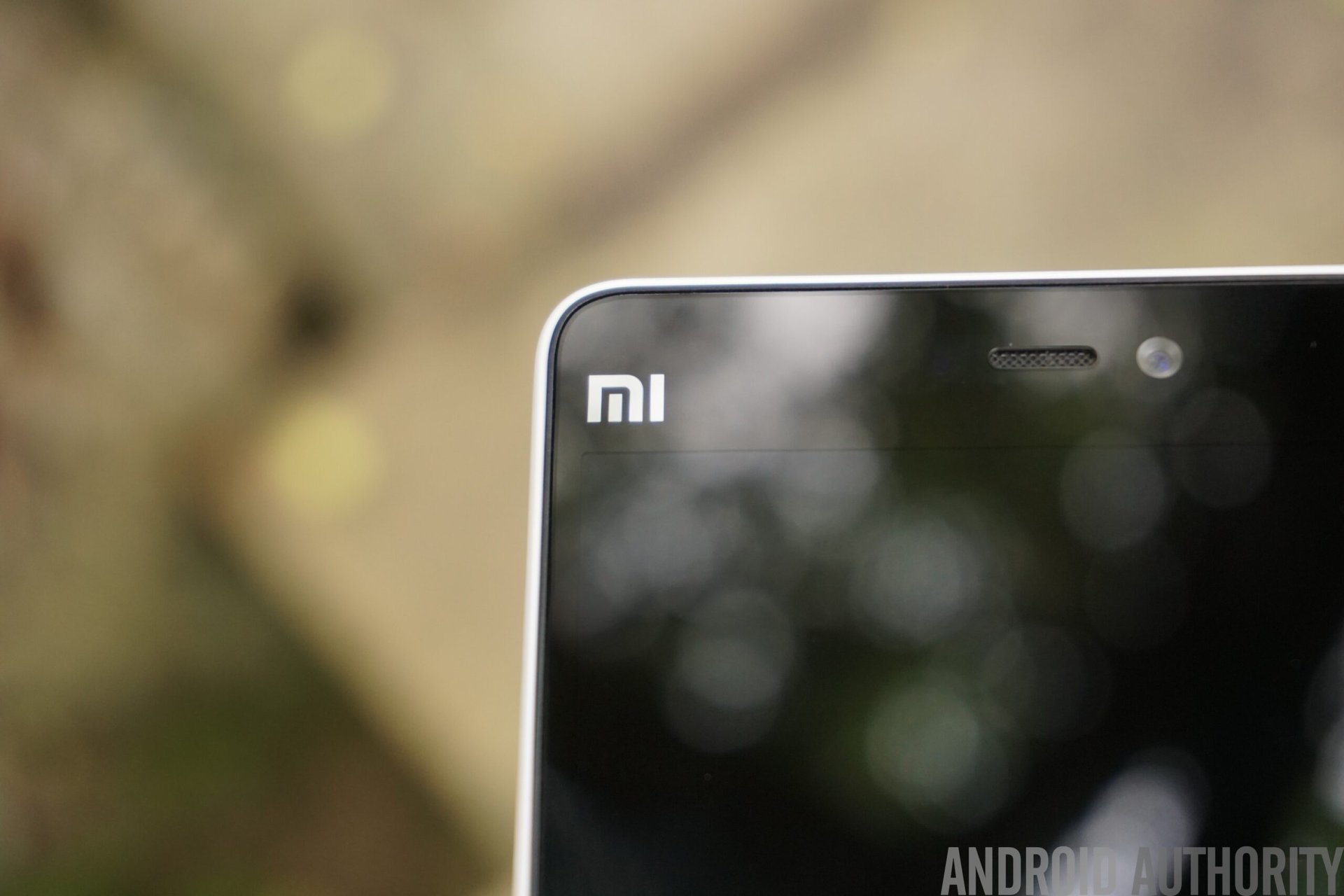
So there you have it, for this closer look at the Xiaomi Mi 4i! There’s no denying that this is a really good phone that features an unbeatable price tag, but Xiaomi’s marketing of the Mi 4i being an “affordable flagship” is quite misleading. Affordable, definitely, but flagship, not quite. While you do get excellent design and build quality, great display, impressive battery life, and a good software experience, its processing package, and the availability of just 16 GB of non-expandable storage puts this device in the mid-range. That said, while there are quite a lot of devices that offer similar specifications, the Xiaomi Mi 4i is certainly the cheapest of the lot, and is a great choice for anyone.